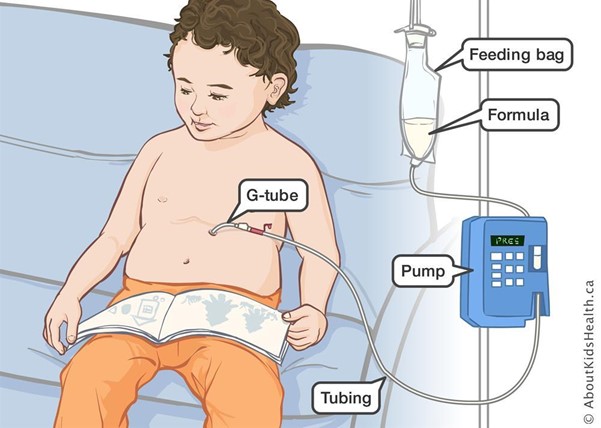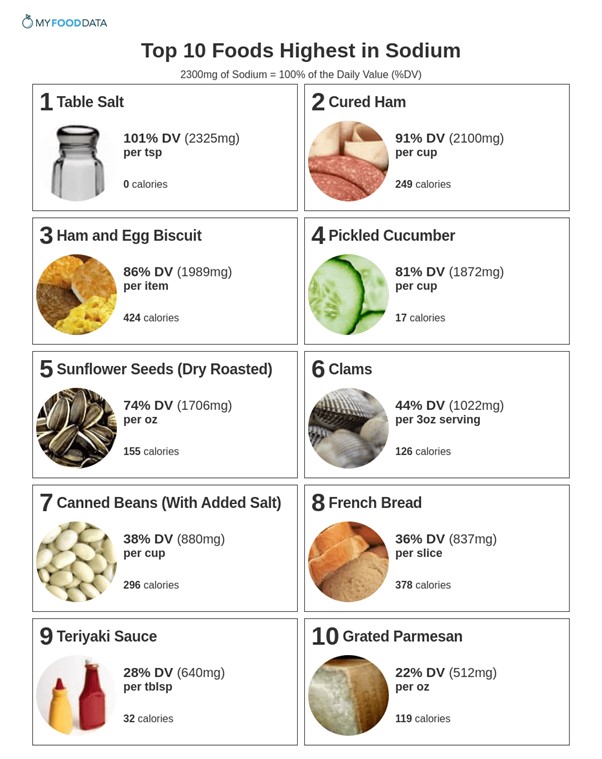A client is receiving a continuous gastric tube feeding at 80 mL/hour. The nurse records the client's gastric residual volume as 325 mL during each of two consecutive hourly measurements. What assessment should the nurse complete before contacting the healthcare provider?
Observe for abdominal distention,
Calculate 24-hour caloric intake.
Measure the urinary output.
Check for body weight changes.
The Correct Answer is A
Choice A
Observing for abdominal distention is recommended. Gastric residual volume (GRV) is the amount of formula or food remaining in the stomach after a feeding through a gastric tube. A GRV of 325 mL is relatively high, and it's important to assess the client for signs of potential complications before contacting the healthcare provider. Observe for signs of abdominal distention, which could indicate that the stomach is not adequately emptying or that the feeding is not being tolerated well.
Choice B
Calculating 24-hour caloric intake is not recommended: While monitoring caloric intake is important for overall nutritional assessment, it does not address the immediate concern of a high GRV and the potential need for adjustment of the feeding rate or management.
Choice C
Measuring urinary output is not recommended: Urinary output is important to monitor for fluid balance, but it may not be directly related to the elevated GRV.
Choice D
Checking for body weight changes is not recommended: Monitoring body weight is essential for assessing nutritional status, but it may not provide immediate insights into the impact of the elevated GRV.

Nursing Test Bank
Naxlex Comprehensive Predictor Exams
Related Questions
Correct Answer is A
Explanation
Choice A
Observing for abdominal distention is recommended. Gastric residual volume (GRV) is the amount of formula or food remaining in the stomach after a feeding through a gastric tube. A GRV of 325 mL is relatively high, and it's important to assess the client for signs of potential complications before contacting the healthcare provider. Observe for signs of abdominal distention, which could indicate that the stomach is not adequately emptying or that the feeding is not being tolerated well.
Choice B
Calculating 24-hour caloric intake is not recommended: While monitoring caloric intake is important for overall nutritional assessment, it does not address the immediate concern of a high GRV and the potential need for adjustment of the feeding rate or management.
Choice C
Measuring urinary output is not recommended: Urinary output is important to monitor for fluid balance, but it may not be directly related to the elevated GRV.
Choice D
Checking for body weight changes is not recommended: Monitoring body weight is essential for assessing nutritional status, but it may not provide immediate insights into the impact of the elevated GRV.

Correct Answer is B
Explanation
Choice A
Bananas are incorrect. Bananas are naturally low in sodium.
Choice B
Ground sirloin is correct. For an older adult who needs to limit sodium intake, the nurse should encourage avoiding foods that are high in sodium. Processed meats, including ground meats like ground sirloin, are often higher in sodium due to added preservatives and flavourings. These additives can significantly contribute to sodium content. Encouraging the client to choose lean meats and to avoid processed meats can help reduce sodium intake.
Choice C
Cottage cheese is incorrect. While cottage cheese might contain some sodium, it's usually lower in sodium compared to processed meats.
Choice D
Broccoli is incorrect. Broccoli is a vegetable that is naturally low in sodium.

Whether you are a student looking to ace your exams or a practicing nurse seeking to enhance your expertise , our nursing education contents will empower you with the confidence and competence to make a difference in the lives of patients and become a respected leader in the healthcare field.
Visit Naxlex, invest in your future and unlock endless possibilities with our unparalleled nursing education contents today
Report Wrong Answer on the Current Question
Do you disagree with the answer? If yes, what is your expected answer? Explain.
Kindly be descriptive with the issue you are facing.
